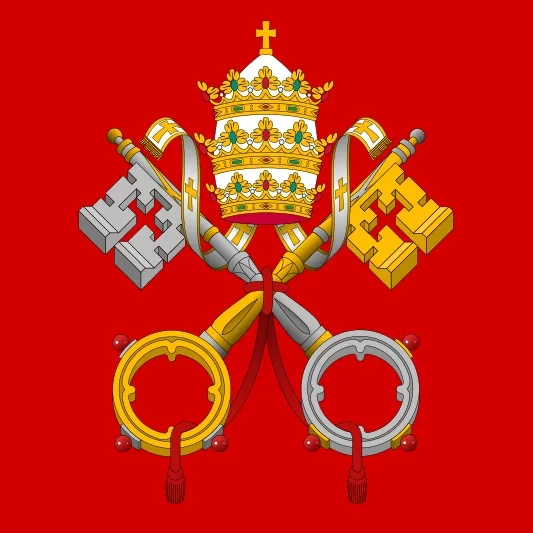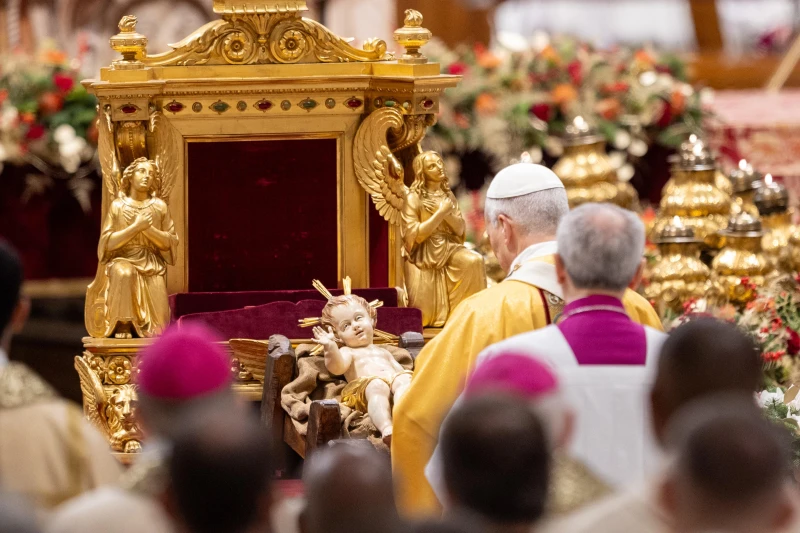Sanctuary of the Miraculous Medal in Monte Sião, Brazil. / Credit: Facebook Sanctuary of the Miraculous Medal
ACI Digital, Nov 27, 2023 / 04:30 am (CNA).
The town of Monte Sião in southern Minas Gerais state in Brazil can be considered a land of graces, since the first church dedicated to Our Lady of the Miraculous Medal is located there. Our Lady’s intercession is credited with ending a prolonged period of drought there in the 1930s.
In 1830, Our Lady appeared to St. Catherine Labouré in France and asked her to have a medal made according to the design she had been shown: the Virgin standing on a globe with outstretched hands with rays of light emanating from them, her foot on a serpent, and bearing the inscription: “O Mary, conceived without sin, pray for us who have recourse to thee.”
The letter M is inscribed on the back side, with a cross rising from the middle of the letter. Below are the Sacred Heart of Jesus encircled with a crown of thorns and the Immaculate Heart of Mary pierced by a sword. Around the edge of the medal are 12 stars.
The Virgin promised the nun that she would give abundant graces to those who wore the medal. The devotion spread throughout the world and made its way to Brazil.
In 1849, just 19 years after the apparitions in France, the first church dedicated to the Miraculous Medal was built in Monte Sião.
According to the website of the Archdiocese of Pousso Alegre, in 1830 when Mary appeared to St. Catherine, the Monte Sião region was inhabited by about 105 Catholic families. There was no church or priest, and traveling there was precarious.
However, accounts indicate that by 1838, “devotion to the Miraculous Medal was already there.”
On March 29, 1849, the construction of the chapel of Our Lady of the Miraculous Medal was authorized, and it was consecrated on April 13, 1850.
The first of the graces received came when a statue depicting the image of Mary on the medal arrived from Portugal in 1860. However, in 1937 it was removed from the main altar at the request of the bishop, who considered that the statue had “sensual lines” because it highlighted the bust and waist.
The image was then taken to a chapel in the rural area and the faithful felt its absence. After that date, the city “was ravaged by a great drought” until 1939.
According to various accounts, it rained as usual in all the cities of the region except Monte Sião.
The people associated the lack of rain with the absence of the Marian image, and so a group asked the priest in charge that the statue be placed again on the main altar. After much discussion, it was allowed to be returned.
The statue was returned Nov. 5, 1939. It was a sunny afternoon when a procession consisting of the pastor, authorities, a band, and the faithful carried the Marian image on a litter.
When the procession arrived at the entrance to the city, the first drops of rain began to fall and then a heavy rain ensued, completely soaking the faithful and the image before they finally entered the church.
The downpour is known as the Day of the Miracle of the Rain. Since then, the plantations have prospered and the rainy cycle has returned to normal.
This was another of the many graces that the people of Monte Sião received and still receive today through the intercession of Our Lady of the Miraculous Medal.
Due to its history and the great flow of devotees, on Nov. 5, 1999, the main church was elevated to the Shrine of Our Lady of the Miraculous Medal, where her feast is celebrated with special fervor every Nov. 27.
This story was first published by ACI Digital, CNA’s Portuguese-language news partner. It was translated, adapted, and published by CNA on Nov. 28, 2022.











